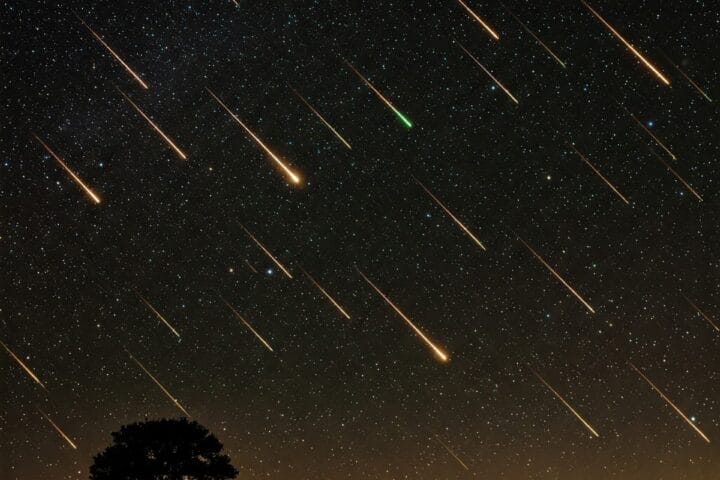The United Nations has activated its Planetary Security Protocol for the first time in history. The catalyst for this unprecedented action? A newly discovered asteroid named 2024 YR4, which has caught the attention of astronomers and space agencies worldwide due to its potential to pose a threat to Earth.
The Asteroid in Question: 2024 YR4
Asteroid 2024 YR4, first spotted by the Asteroid Terrestrial-impact Last Alert System (ATLAS) telescope in Chile, has quickly become the subject of intense scrutiny. This near-Earth object, estimated to be between 40 and 100 meters wide, has been calculated to have a 1.2% chance of impacting Earth. While this probability may seem low, it’s significant enough to warrant serious attention from the global scientific community.
The European Space Agency (ESA) and NASA have both confirmed these findings, placing 2024 YR4 at a Level 3 on the Torino Impact Hazard Scale. This rating indicates a close encounter meriting attention by astronomers and the public, especially given that the potential impact, if it were to occur, would happen within the next decade.
The UN’s Planetary Security Protocol: A Coordinated Global Response
The activation of the UN’s Planetary Security Protocol marks a pivotal moment in our planet’s defense strategy against cosmic threats. This protocol, developed through years of international cooperation, brings together several key organizations:
- The International Asteroid Warning Network (IAWN): This network is responsible for coordinating worldwide detection efforts and developing warning strategies. IAWN’s role is crucial in ensuring that all countries, particularly those with limited space capabilities, are aware of potential threats.
- The Space Mission Planning Advisory Group (SMPAG): Composed of delegates from space-faring nations, SMPAG’s task is to prepare for an international response to a near-Earth object impact threat. They achieve this through information exchange, collaborative research, and mission planning activities.
- The United Nations Office for Outer Space Affairs (UNOOSA): Acting as a secretariat for SMPAG and closely involved in the information flow, UNOOSA plays a vital role in facilitating communication between various international bodies and member states.
Global Efforts in Motion
The discovery of 2024 YR4 and the subsequent activation of the Planetary Security Protocol have set in motion a series of coordinated global efforts. Astronomers worldwide are now engaged in an intensive observation campaign, using some of Earth’s most powerful telescopes to gather more data about the asteroid’s size, composition, and trajectory.
The European Southern Observatory’s Very Large Telescope in Chile, one of the most advanced optical instruments in the world, has been employed to capture detailed images of 2024 YR4. These observations are crucial in refining our understanding of the asteroid’s orbit and the probability of impact.
Meanwhile, space agencies are ramping up their planetary defense strategies. NASA’s recent DART (Double Asteroid Redirection Test) mission, which successfully demonstrated the ability to alter an asteroid’s path, has taken on new significance in light of this potential threat. The European Space Agency’s upcoming Hera mission, designed to study the effects of the DART impact, is now being viewed through the lens of potential future asteroid deflection missions.
Implications and Future Preparedness
The activation of the UN’s Planetary Security Protocol for asteroid 2024 YR4 serves as a wake-up call for global preparedness against cosmic threats. It highlights the importance of continued investment in asteroid detection and tracking technologies, as well as the development of potential mitigation strategies.
This event also underscores the critical need for international cooperation in space exploration and planetary defense. The coordinated response to 2024 YR4 demonstrates that when faced with a potential global threat, nations can come together to pool resources, share information, and work towards a common goal.
Moreover, this situation presents a unique opportunity for public education and engagement in space science. As news of the asteroid spreads, it opens up discussions about our place in the cosmos and the importance of scientific research in protecting our planet.
Looking Ahead
As we move forward, the global community will be watching closely as more data is gathered about asteroid 2024 YR4. The coming months and years will be crucial in determining the true nature of the threat and developing appropriate response strategies.
While the activation of the UN’s Planetary Security Protocol may seem alarming, it’s important to remember that this is precisely what these systems were designed for. It represents not a cause for panic, but a testament to human foresight and our increasing capability to detect and respond to potential cosmic threats.
As we stand on the brink of this new era in planetary defense, one thing is clear: the discovery of asteroid 2024 YR4 and our response to it will shape the future of how we, as a global community, approach the challenge of protecting our planet from the vast and often unpredictable dangers of space.
The UN activated its Planetary Security Protocol for the first time on February 4, 2025, marking a historic moment in our ongoing efforts to safeguard Earth from celestial threats.











